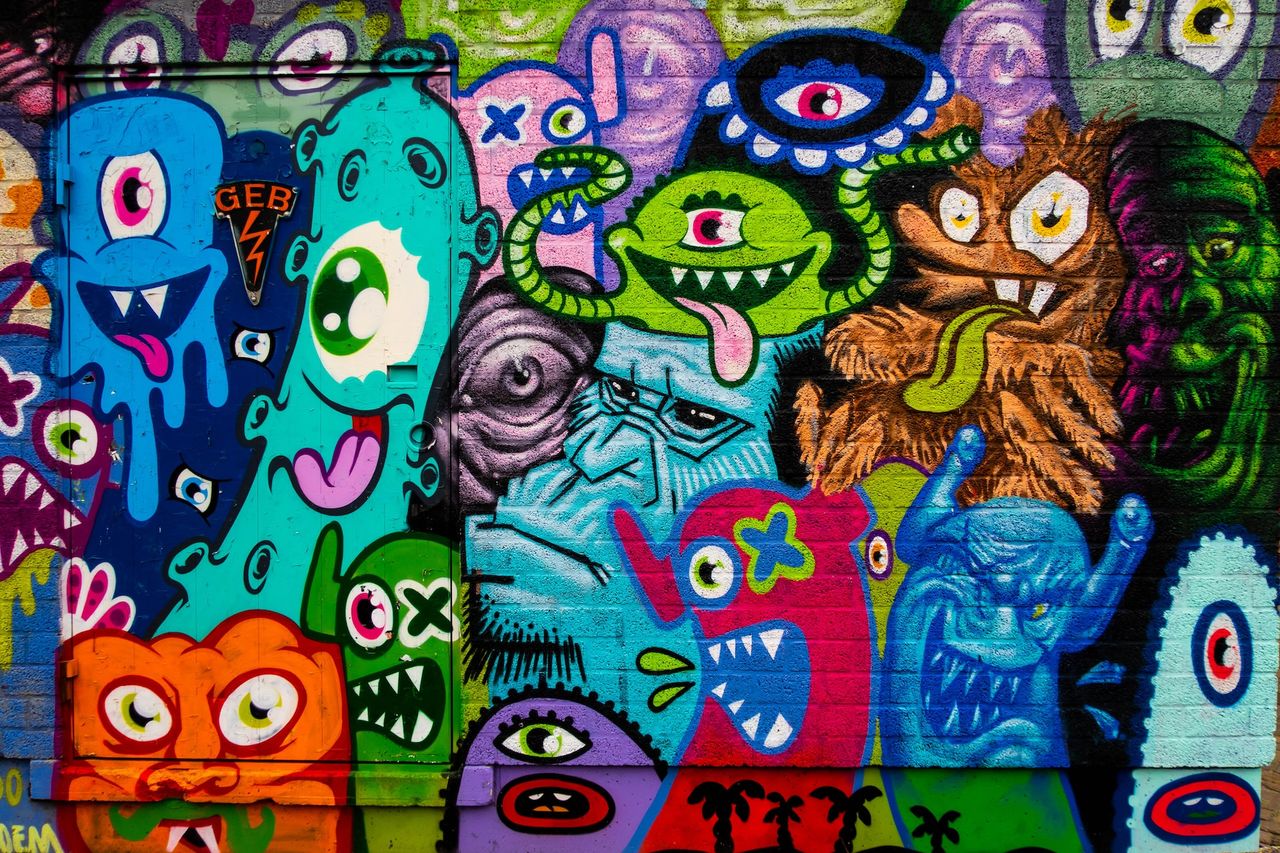Street Art and Tourism: A Double-Edged Sword?

Street art and tourism are often seen as a double-edged sword. On one hand, street art attracts tourists, helping to boost local economies and cultural exchange. On the other, an influx of tourism can lead to the commercialization and gentrification of street art, potentially destroying the very culture it was meant to celebrate. This blog post explores the complex relationship between street art and tourism, examining the benefits and drawbacks of merging the two. We will delve into the controversial effects of street art on tourism and the community support necessary to create a sustainable and respectful industry.
Pros of Street Art Tourism
Street art tourism can provide significant benefits to local economies and cultural exchange. By attracting more visitors to a city or neighborhood, street art can generate increased foot traffic for local businesses, leading to economic growth. Additionally, street art can serve as a form of cultural exchange, as visitors from different parts of the world can appreciate and learn from the local art scene.
Furthermore, street art tourism can help to promote the work of talented artists who might not have access to traditional gallery spaces or commercial opportunities. By gaining exposure and recognition through street art tourism, these artists can broaden their audience and potentially secure new opportunities for collaboration or commissions.
Overall, street art tourism has the potential to provide tangible economic and cultural benefits to communities. By supporting and promoting local art scenes, street art tourism can help to create a more vibrant and inclusive urban environment for residents and visitors alike.
Cons of Street Art Tourism
While street art can undoubtedly bring in increased foot traffic and boost the local economy, it is not without its drawbacks when it comes to tourism.
One significant issue is vandalism. In some cases, street art may be viewed as graffiti and, as such, can be targeted by anti-graffiti campaigns. Tagging and spray painting can harm the aesthetics of a neighborhood, and it can be costly to remove such unwanted artwork. Moreover, businesses and property owners may tire of the constant barrage of street art that property owners often permit to discourage unwanted tagging on their buildings.
Additionally, as street art becomes more popular, the area may become gentrified. This can lead to the displacement of locals as rental and property prices rise, which ultimately changes the character of the community. It can also result in a sense of cultural appropriation, where locals feel that their neighborhood is being co-opted by outsiders for the sake of art tourism.
Finally, some street art may be culturally insensitive or inappropriate. An artist may not have a full understanding of local customs and traditions, and artwork that seems harmless can be viewed as disrespectful or offensive by residents. This can create unnecessary tension between the community and tourists, which overall can lead to negative experiences.
All these factors show that street art tourism is not always a good thing. It’s essential to balance the positives of street art with a thoughtful and considerate approach to tourism, respecting the rights and opinions of the community.
Sustainable Street Art Tourism
As the popularity of street art tourism continues to grow, concerns about the impact on local communities and cultures are on the rise. However, sustainable street art tourism can provide a positive impact on both visitors and residents alike.
One solution to creating a sustainable relationship between street art and tourism is community involvement. By partnering with local artists and community organizations, visitors can experience authentic street art and learn about the culture and history of the area. This not only promotes respectful tourism, but also helps to support the local economy.
Additionally, it's important to respect local cultures and residents' opinions when promoting street art tourism. In some communities, street art may be considered a form of vandalism, and it's important to understand and respect those perspectives. By working with residents and promoting consensual murals, street art can become a positive contributor to the community.
Ultimately, a sustainable and respectful street art tourism industry can create economic growth, cultural exchange, and promote community involvement. By balancing the interests of visitors and residents, we can create a mutually beneficial relationship between street art and tourism.
Conclusion
In conclusion, the relationship between street art and tourism is a double-edged sword. On one hand, street art can attract more visitors, contribute to the economy, and foster cultural exchange. On the other hand, it can lead to vandalism, gentrification, and cultural appropriation.
To create a sustainable street art tourism industry, it is important to strike a balance between these pros and cons. Community involvement is crucial, as residents should have a say in what type of street art is allowed and where. Moreover, respect for local cultures and traditions is key to prevent cultural appropriation and disrespectful behavior towards local residents.
In addition, tourists can contribute to the sustainability of street art tourism by being respectful towards the artworks and the communities they are visiting. They should avoid trespassing or defacing street art, and instead, support local businesses and engage with the local community.
In summary, street art and tourism can coexist if approached with respect and consideration for both the art and the community. By working together, we can create a balanced, respectful, and sustainable street art tourism industry.